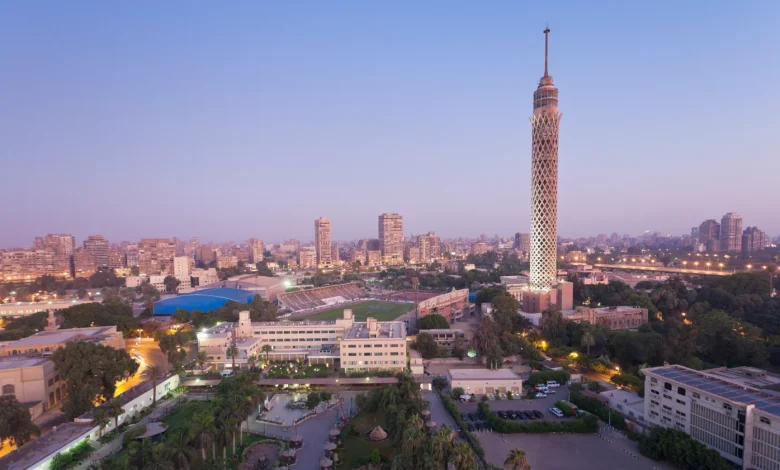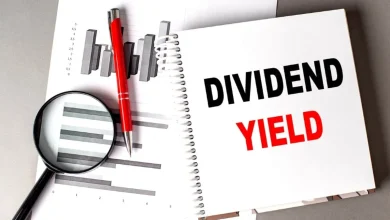Egypt’s Repricing Moment: Can Stabilisation Lure Foreign Capital Back?

The government’s latest reform drive has been bolstered by an expanded IMF programme, which has provided a stamp of credibility as much as a financial backstop. “It served as a vital vote of confidence, reassuring international markets and development partners and catalyzing renewed engagement and capital inflows,” says Islam Zekry, Group Chief Finance and Operations Officer at CIB. “The early signs are encouraging: inflation is easing, FX liquidity has improved and capital markets are demonstrating renewed activity.”
Collectively, says Zekry, these dynamics support a more stable and predictable environment and enhance the investment case for Egypt. The rating agencies also see signs of progress. On October 10th, S&P Global Ratings raised its long-term sovereign credit rating on Egypt to from B- to B on stable outlook, which it said balanced Egypt’s “improving growth prospects and balance of payments trends against its high government deficits and debt.”
An unpegged pound
For investors, the restoration and preservation of a functioning currency market is one of the biggest changes. As Tarek Abdel Rahman, Managing Partner at private equity firm Compass Capital, puts it: “The problem is not the price, it’s the availability.” At an unsustainable pegged rate, foreign exchange became almost impossible to source. “Once you float the currency, FX becomes available at a market rate people can actually plan around,” says Rahman.
The government liberalised the pound in March 2024, and has so far held to its promise of keeping the currency floating. This is positive, but as S&P notes the Egyptian pound is floating “with a short track record”. For the vast majority of the last 30 years the country has had either a formal or de facto currency peg — and it has the currency crises to prove it.
This is why the independent economists echo the importance of keeping the currency free, along with prudent monetary and fiscal policy. “The key now is to keep the structural floor in place — maintaining a flexible pound, tight monetary policy, and low inflation — while moving toward the longer-term reforms that take time to deliver, like education and business environment improvements,” says James Swanston, a senior economist in the emerging markets team at Capital Economics. That policy continuity will determine whether tentative stabilisation becomes sustained confidence.
So far, the government has taken such recommendations to heart. The Ras El Hikma deal and subsequent Gulf inflows have improved FX conditions, allowing the Central Bank of Egypt to unwind backlogs and normalise the foreign currency market. Prudent spending strategies have helped moderate inflation and the central bank has begun cutting policy rates. “Balance of payments data show the current account deficit narrowing, partly driven by exports of goods and services,” says Swanston. “That’s where Egypt’s competitiveness gains are playing through.”
As confidence in the economy improves, Zekry says investors are “cautiously” optimistic. Although they continue to monitor key risk factors including macroeconomic stability, inflation dynamics, currency volatility, and the international debt management strategy, he adds.
Equities undervalued
Early FDI momentum is clearly visible in manufacturing. “We’ve seen a lot of investments coming from Turkey, China and India, especially in textiles and electronics,” says Rahman. Part of this is driven by near-shoring and supply-chain diversification. Egypt’s location and infrastructure investments give it an advantage in short-lead-time sectors such as white goods and electronics. “If you want to serve Europe and you’re an Asian company, you’re much better off being in Egypt rather than in India or China,” says Rahman.
The broad improvement in Egypt’s economic outlook is also starting to show up in capital markets, particularly in equity valuations. Rahman points to a “very interesting anomaly” where companies in the private market are being sold at a higher multiple than those that are publicly listed. With the EGX trading below historical averages, he expects that “once the foreign investors come in there will be a significant repricing of the Egyptian stock market.”
But in coaxing back foreign investors, policy consistency will be essential. Zekry highlights four priorities, which include maintaining macro stability and a flexible exchange rate. But he also highlights the need to broaden privatisation — particularly in financial services and infrastructure — and deepen private-sector participation in high-growth sectors like fintech and renewable energy.
Investors see reasons to re-engage, but they want proof that today’s stability can withstand tomorrow’s shocks. A working FX market, clearer fiscal strategy and a more open role for the private sector all point in the right direction. The question now is whether these reforms can survive political pressure and deliver real transactions. If they can, Egypt’s undervalued markets offer one of the region’s most compelling re-entry points.



